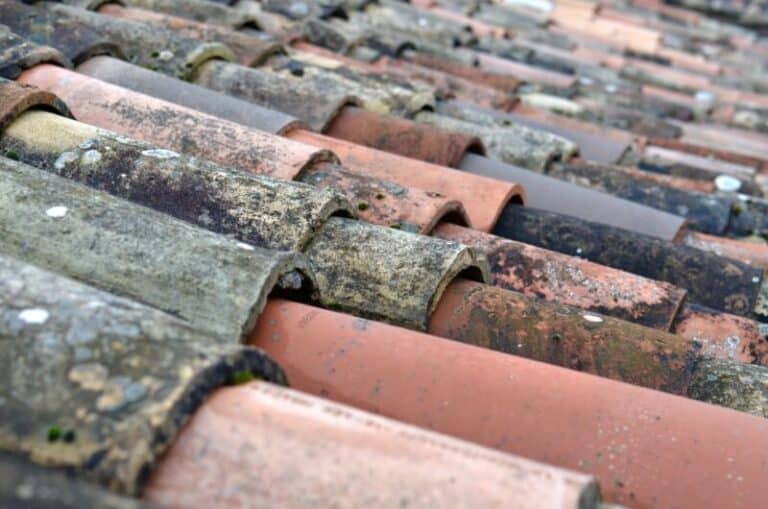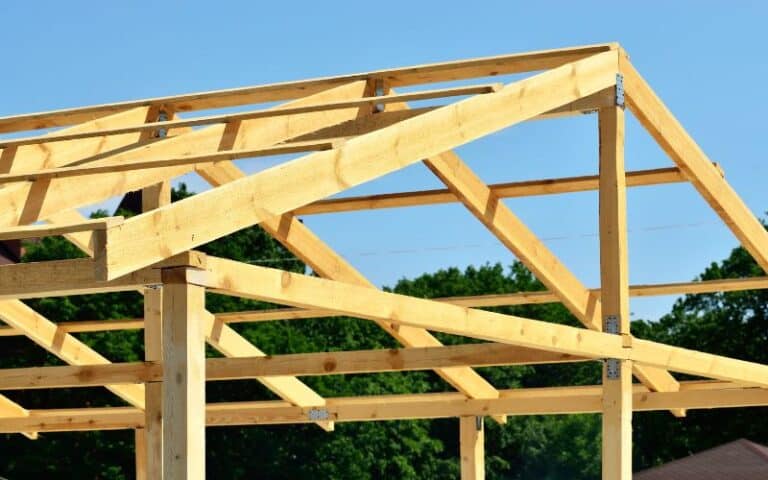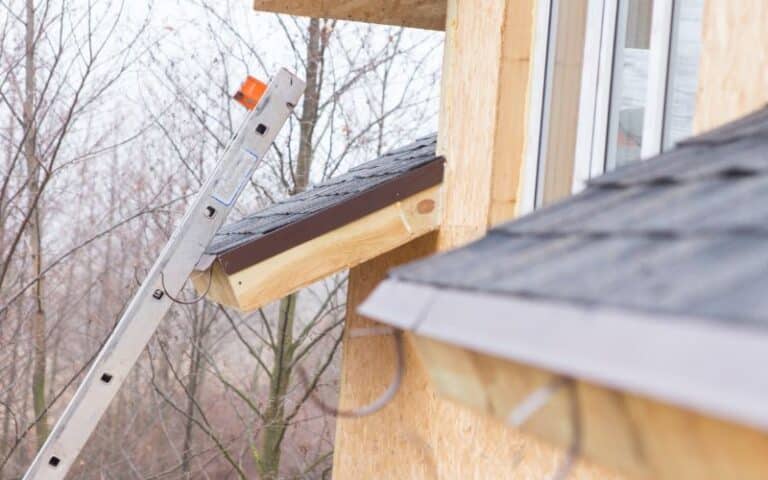A flat roof requires special care and attention as they are more prone to leaks and other roofing issues compared to pitched or steep roofs. However, flat roofs offer plenty of benefits as well, and they may be vulnerable to damage, but are worth the added attention and care as well. Regular roof inspections can help homeowners ensure proper roof maintenance. But how often should a flat roof be inspected?
In this article, we will look at the answer to this question, along with a few roof maintenance tips that are especially useful for a flat roof.
Ready for a Roofing Quiz?
How Often Should a Flat Roof be Inspected?
You should get a roof inspection at least once every two years if you have a flat roof. You should ask a licensed roof inspector to look for cracks and dips along with any other issues that have the potential of damaging the structure of your property. However, if there is a storm or some other high-impact weather event, roof inspection should be carried out.
Similarly, if your flat roof has had a history of problems or it has gotten old, you should arrange for professional roof inspections more often. Getting a roof inspection right after it is built or installed can come in extremely handy as all its future inspections can be compared to its results as it acts as a “baseline” report. With that said, a DIY roof inspection of a flat roof should be performed at least three times a year.
If there are trees near your house, you need to inspect your flat roof even more frequently. Check for cracks, damaged insulation (soft areas), holes, blisters, and pooling water. Pools of water indicate an improper slope or poor drainage. You should also look for deteriorating seals as tar or caulking can diminish their effectiveness over time.
Some other things you should keep an eye out for during roof inspection include:
- Unsealed seams.
- Debris and leaves accumulating in low spots
- Clogged gutters or drains
- A buildup of mildew or mold
As soon as you notice any of these signs, call for a professional inspector or a certified roofing company so that timely repairs can be made. Professional inspectors have specialized equipment on them that can help identify even subtle or camouflaged issues easily. They also use infrared sensors and devices that allow them to look under the material layer of the roof. It helps detect trapped moisture as well as several other issues that homeowners cannot detect with a DIY roof inspection.
Now that you know how often should a flat roof be inspected, let us take a look at some maintenance tips for a flat roof.
Flat Roof Maintenance
Keep it Clean
Debris collects more easily on a flat roof as compared to a roof that is slanted. Therefore, it is crucial to keep up on regular roof maintenance. A good thing about flat roofs is that they are safer and easier to walk on. This makes cleaning them simple. You should use a broom to clear any dirt, debris, or fallen leaves from the roof at least twice a year.
Trim Back Nearby Trees
If there are trees near your house, make sure their branches do not touch or hang over your roof as they can scrape or even fall onto your roof. Trees also build up moss that can make its way onto your roof and harm it by beginning to spread. Trim all trees that are in close proximity to your roof once a year.
Do not Ignore Leaks
Flat roofs can accumulate water more easily than slanted roofs. If you notice a crack on your roof or find that it is leaking somewhere, call in an expert roofer straightaway. Leaks can damage the structure of the roof extremely quickly and should be catered to as soon as possible. A flash roof usually leaks from within its seams or around its flashing.
Watch the Weight
Homeowners should know how much weight their roofs are designed to manage. Generally, a roof is built in accordance with the climate conditions of the region. But a buildup of too much snow can put excessive pressure on a roof, damaging its integrity and, in extreme situations, potentially causing it to collapse. It is crucial to clear the snow from your roof after a snowstorm or heavy snowfall.
Ensure Proper Drainage
The drainage system often gets clogged or blocked due to a buildup of moss. Pooling water indicates that the drainage system requires alteration or is insufficient.
Benefits of Flat Roof Maintenance
If you have a flat roof that is properly maintained, leak-free, and healthy, you can save a huge amount of money that you would otherwise have to spend on roof repairs. If you actively protect your flat roof, it will protect you for longer in return. Other than an increased lifespan, a healthy roof lowers your utility bills as well.
When a roof is functioning at its best, it results in lower cooling bills during summers and lowers heating bills during winters. Furthermore, a well-maintained and problem-free roof can fetch you a higher sale price when you sell your house. It also offers you peace of mind in extreme weather conditions as you know that you and your family are safe under a strong roof overhead.
In conclusion, how often should a flat roof be inspected depends on several factors, such as weather conditions, age of the roof, surrounding conditions, etc. But typically, an expert roof inspection once every two years and three to four DIY roof inspections each year are enough to keep homeowners informed and up-to-date about their roofing conditions.
Also, while it is true that a flat roof poses several issues, it is also true that if proper roof maintenance is ensured, it has several benefits over a steep roof as well.
Read more: Structolite Drying Time (Things You Should Know)






